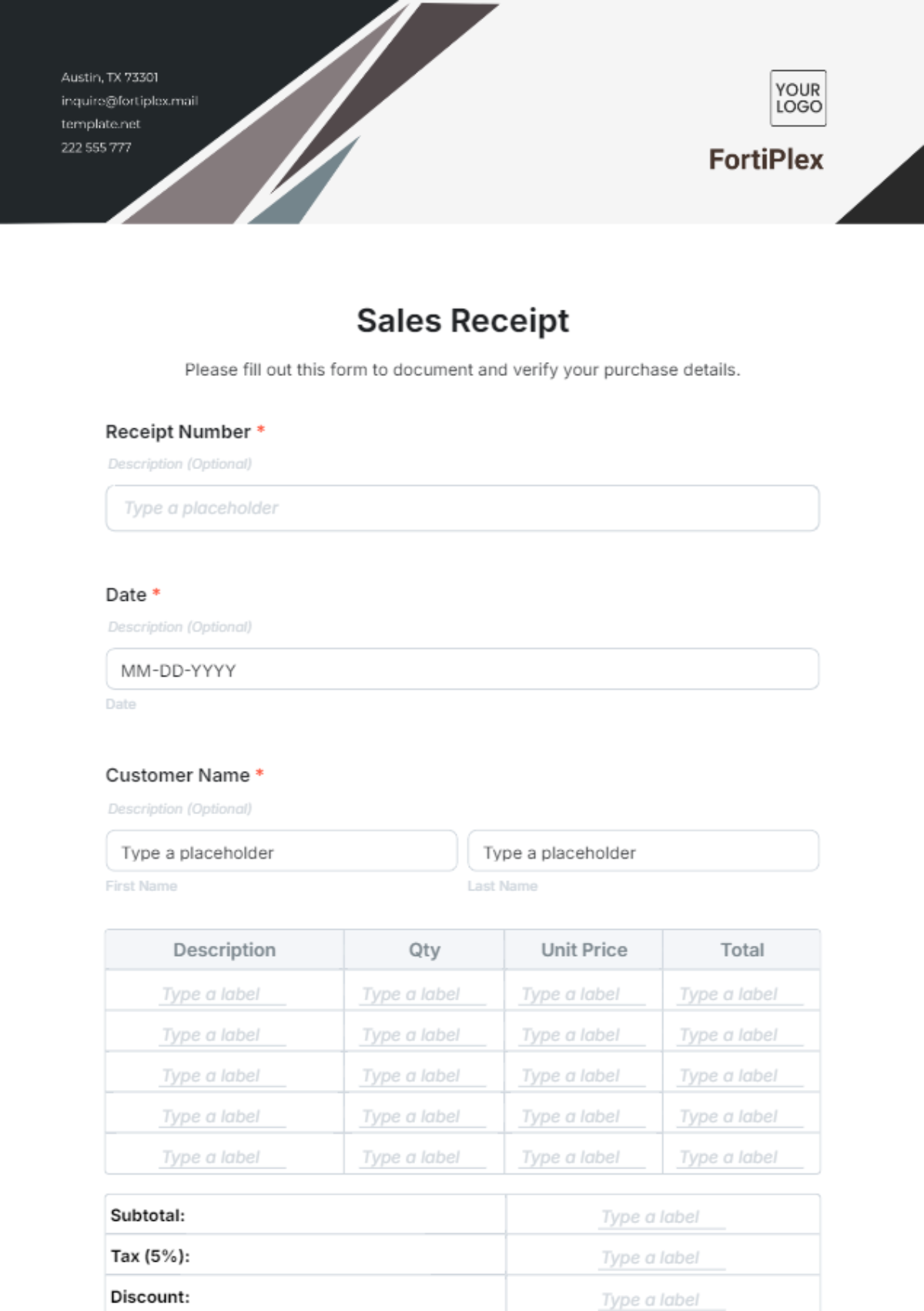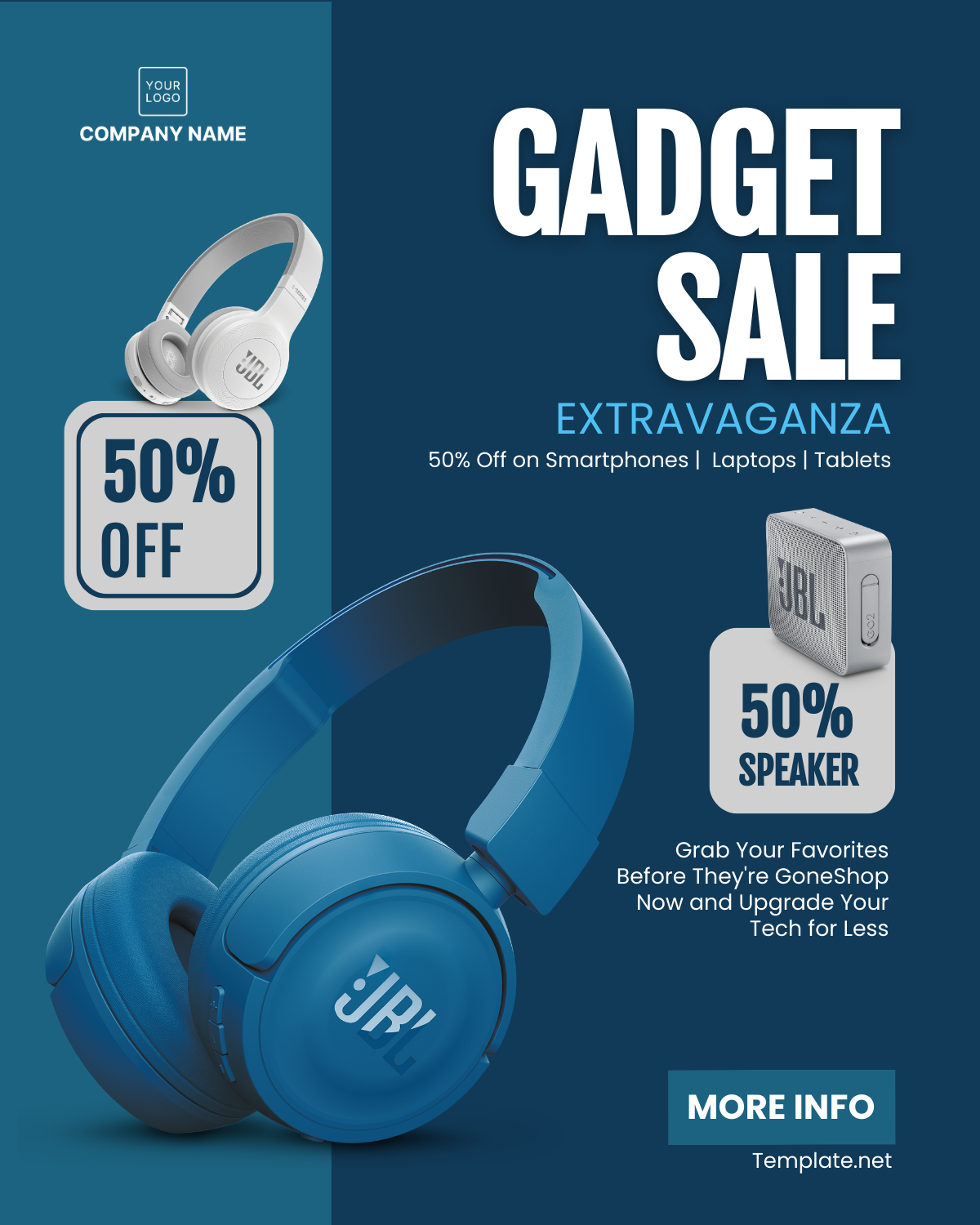Sales Journal of Trade Show Best Practices
I. Introduction
A. Purpose
This Sales Journal of Trade Show Best Practices is your essential guide to unlocking the full potential of trade show participation. It offers a systematic approach to achieving sales success, branding excellence, and valuable lead generation.
B. Significance
In the competitive landscape of trade shows, adherence to best practices is the key to standing out and realizing substantial returns on investment. This document empowers you with the knowledge and strategies necessary to make your trade show endeavors fruitful and impactful.
II. Pre-Show Preparation
Pre-show preparation is the foundational stage where success at trade shows begins. It encompasses booth selection, design, creation of marketing materials, staff readiness, and development of a lead generation strategy. This phase is vital in establishing a strong presence and ensuring that valuable connections are made during the event. Key components include:
Booth Selection and Design: The choice of an optimal booth location and its design sets the stage for attracting attendees and effectively communicating your brand identity.
Marketing Materials: Creating a comprehensive suite of marketing materials enables clear and compelling communication about your products or services.
Staffing and Training: Equipping booth staff with the necessary knowledge and skills is essential for engaging attendees professionally and providing meaningful information.
Lead Generation Strategy: A well-thought-out strategy for generating leads, encompassing pre-show marketing and incentives for visitor data collection, paves the way for valuable post-show interactions.
A meticulously executed pre-show preparation ensures a strong start for any trade show endeavor.
III. Booth Management
Effective booth management is essential for creating a lasting impression on trade show attendees and optimizing your sales opportunities. A well-organized and engaging booth can significantly impact your success. This section outlines key considerations for booth management.
A. Booth Setup and Layout
Aspect | Best Practice |
|---|---|
Traffic Flow | Design booth layout to encourage a natural flow of attendees, preventing congestion and ensuring easy access to displayed materials. |
Branding Elements | Incorporate prominent branding elements such as banners, logos, and product images to establish a strong visual presence. |
Accessibility | Ensure that your booth is accessible to all, including those with disabilities, by providing ramps and wheelchair access. |
Information Display | Arrange product information, pricing, and benefits in a visually appealing and easy-to-read format. |
Technology Integration | Integrate interactive displays or digital screens to showcase products, videos, and customer testimonials. |
Lighting | Utilize appropriate lighting to enhance the visual appeal of your booth and highlight key areas. |
Storage Space | Allocate sufficient storage space for promotional materials, giveaways, and personal items to maintain a clutter-free appearance. |
B. Engaging Attendees
Engaging with trade show attendees is a critical aspect of booth management. Ensure that your booth staff is well-prepared to make meaningful connections with potential leads.
Aspect | Best Practice |
|---|---|
Approachability | Train staff to be approachable and proactive in initiating conversations with attendees. |
Active Listening | Encourage active listening to understand attendees' needs and tailor your pitch accordingly. |
Product Knowledge | Ensure booth staff is well-versed in product knowledge, enabling them to answer questions and provide valuable information. |
Personalization | Personalize interactions by addressing attendees by their names, where applicable, and customizing your pitch based on their interests. |
Elevator Pitch | Develop a concise and compelling elevator pitch that conveys your offerings' unique selling points. |
Value Proposition | Clearly articulate the value your products or services offer to potential clients. |
C. Professional Booth Etiquette
Maintaining a professional and welcoming atmosphere is essential for booth management.
Aspect | Best Practice |
|---|---|
Dress Code | Implement a dress code that aligns with your company's image and the formality of the trade show. |
Communication Style | Encourage staff to communicate professionally, using clear language and positive body language. |
Courtesy | Exhibit courtesy and politeness when engaging with attendees, regardless of their level of interest. |
Conflict Resolution | Train staff to handle conflicts or objections gracefully and professionally. |
D. Handling Inquiries and Demonstrations
Efficiently managing inquiries and product demonstrations is crucial to make the most of attendee interactions.
Aspect | Best Practice |
|---|---|
Inquiry Handling | Establish a system for documenting inquiries, ensuring follow-up, and tracking potential leads. |
Product Demonstrations | Plan and schedule product demonstrations to showcase the key features and benefits of your offerings. |
Visual Aids | Utilize visual aids, such as brochures, product samples, and multimedia presentations, to enhance demonstrations. |
Attendee Participation | Encourage attendees to participate actively in demonstrations, creating a memorable experience. |
IV. Lead Generation and Qualification
A. Capturing Leads
Capturing leads is the foundational step in your trade show success. Employ cutting-edge lead capture tools and techniques to ensure that every potential lead is identified and recorded. Utilize digital scanners, mobile apps, and strategically placed lead forms to gather comprehensive attendee information swiftly and accurately.
B. Data Collection Methods
The accuracy and efficiency of data collection are paramount. Leverage state-of-the-art technology to streamline the process, including mobile devices and software that seamlessly integrate with your CRM system. This approach guarantees that every lead's details are meticulously recorded and ready for post-show follow-up.
C. Lead Qualification Process
Not all leads are created equal, and a well-defined lead qualification process is your key to identifying the most promising prospects. Implement a systematic approach that categorizes leads into distinct segments based on their engagement level, needs, and alignment with your offerings. This enables your team to prioritize efforts and resources effectively.
D. Lead Scoring Techniques
Go beyond mere categorization and apply advanced lead scoring techniques. Assign values to various lead attributes, such as demographics, behavior, and engagement history, to objectively assess the potential of each lead. By assigning a score to leads, you can focus your post-show efforts on those with the highest likelihood of conversion, optimizing your resources for maximum impact.
By enhancing the Lead Generation and Qualification section, you establish a strong foundation for generating high-quality leads and ensuring a structured approach to identifying the most promising prospects, ultimately enhancing your trade show outcomes.
V. Product Presentation
Effectively showcasing your products or services is a pivotal aspect of trade show success. Employ persuasive techniques and interactive displays to captivate the audience and convey your unique value proposition.
A. Effective Product Showcase
Aspect | Best Practice |
|---|---|
Product Arrangement | Organize products logically for easy browsing and comparison. |
Clear Descriptions | Provide concise and compelling product descriptions. |
Visual Appeal | Use eye-catching displays, lighting, and signage. |
Demonstration Area | Allocate space for live demonstrations, if applicable. |
B. Persuasive Communication
Engage with attendees by employing persuasive communication techniques. This includes active listening, empathy, and the ability to tailor your message to the specific needs and interests of each visitor.
Aspect | Best Practice |
|---|---|
Product Demonstrations | Engage potential customers with live demonstrations showcasing the key benefits and features of your products. Ensure your team is well-prepared for captivating and informative presentations. |
Interactive Displays | Utilize interactive displays such as touch screens or augmented reality experiences to create immersive and memorable product presentations. Stand out from competitors by offering unique technology experiences. |
Incorporating Best Practices | Implement these strategies into your product presentation to effectively convey the value of your offerings and leave a lasting impression on trade show attendees. |
VI. Networking and Relationship Building
Effective networking is the cornerstone of trade show success. It offers opportunities to establish meaningful connections, exchange ideas, and foster industry relationships that can lead to future collaborations and partnerships.
A. Effective Networking Strategies
Aspect | Best Practice |
|---|---|
Strategic Booth Placement | Choose a booth location conducive to interaction with key industry players and potential clients. Aim for visibility and approachability. |
Attend Industry Events | Participate in industry-specific events and gatherings outside of the trade show to expand your network further. |
Utilize Social Media | Leverage social platforms to connect with attendees before, during, and after the trade show. Engage in relevant discussions and promote your presence. |
Elevator Pitches | Equip your team with concise and impactful elevator pitches that efficiently convey your value proposition. |
Exchange Contact Information | Implement technology for efficient contact exchange, such as digital business cards and QR codes. |
B. Building Industry Relationships
Aspect | Best Practice |
|---|---|
Follow-Up with Precision | Send personalized and timely follow-up emails or messages to contacts made during the trade show, expressing your appreciation for their time. |
Nurture Connections | Develop a lead nurturing process that maintains communication and offers valuable insights to nurture leads into long-term relationships. |
Attend Networking Events | Attend post-show networking events to reinforce connections and discuss potential collaboration opportunities. |
Share Industry Insights | Share industry news, insights, and resources with your network to establish your company as a valuable source of information. |
C. Partnerships and Collaborations
Aspect | Best Practice |
|---|---|
Identify Synergies | Explore potential synergies and collaborations with contacts who align with your business goals. |
Negotiate Win-Win Agreements | When considering partnerships, prioritize win-win agreements that benefit all parties involved. |
Legal and Contractual Clarity | Ensure legal and contractual aspects of partnerships are clear and well-documented to avoid future disputes. |
By implementing these strategies for networking and relationship building, you can establish a robust network of industry peers, potential clients, and partners, ultimately contributing to the success of your trade show endeavors.
VII. Post-Show Follow-Up
The post-show follow-up phase is a pivotal component of a successful trade show strategy. This section outlines the essential steps to be taken after the trade show to ensure that leads are effectively nurtured, relationships are strengthened, and the conversion of leads into customers is maximized.
A. Timely Follow-Up Practices
Promptness in follow-up is paramount. Engage in immediate outreach to express gratitude to attendees for their interest and engagement at the trade show. This not only demonstrates professionalism but also keeps your brand fresh in their minds.
B. Lead Nurturing Techniques
Lead nurturing is a delicate art. Tailor follow-up communications to the interests and needs of each lead. Provide relevant content, exclusive offers, and solutions that align with their expressed preferences.
C. Converting Leads Into Customers
The ultimate objective of lead generation is conversion. Develop a well-structured sales process that guides leads through the conversion funnel, with a clear call-to-action that encourages them to make a purchase or engage in further discussions.
D. Feedback Collection
Gathering feedback from leads and prospects is instrumental in continuous improvement. Seek their opinions on their trade show experience, your offerings, and your follow-up process. This invaluable input can inform future trade show strategies and enhance your overall approach.
By meticulously addressing each aspect of the post-show follow-up, you pave the way for a successful transition from initial lead capture to a tangible increase in sales and brand loyalty.
VIII. Measuring and Analyzing Results
Effectively measuring and analyzing the outcomes of your trade show participation is paramount to evaluate your performance, justify investments, and inform future strategies. To facilitate a clear understanding of this critical phase, we provide a summary of key elements along with a sample table for result analysis.
A. Key Performance Indicators (KPIs)
Identifying and tracking relevant KPIs is the cornerstone of result measurement. These KPIs should align with your trade show objectives and may include:
KPI | Definition | Measurement Method |
|---|---|---|
Leads Generated | Total number of leads collected | Lead capture technology |
Conversion Rate | Percentage of leads converted into sales | Post-show sales data |
Return on Investment (ROI) | Ratio of revenue generated to expenses | Expense tracking and revenue |
Brand Visibility | Assessment of brand recognition | Surveys, social media reach |
Booth Traffic | Number of visitors to your booth | Booth traffic monitoring |
B. Data Collection and Analysis
Efficient data collection is essential. Utilize digital tools for accurate data capture, making use of lead management software and CRM systems to centralize lead information.
C. Evaluating Return on Investment (ROI)
To determine the success of your trade show participation, evaluate the ROI by comparing the revenue generated against the overall expenses. Utilize the following formula:
ROI = (Net Profit - Total Expenses) / Total Expenses
D. Continuous Improvement
The analysis of results should inform strategies for future trade show events. Identify areas of improvement, revise your trade show plan, and implement changes based on insights gained.
By adhering to these practices and systematically evaluating your trade show results, you can refine your approach, optimize resource allocation, and consistently enhance the impact of your trade show participation.















































